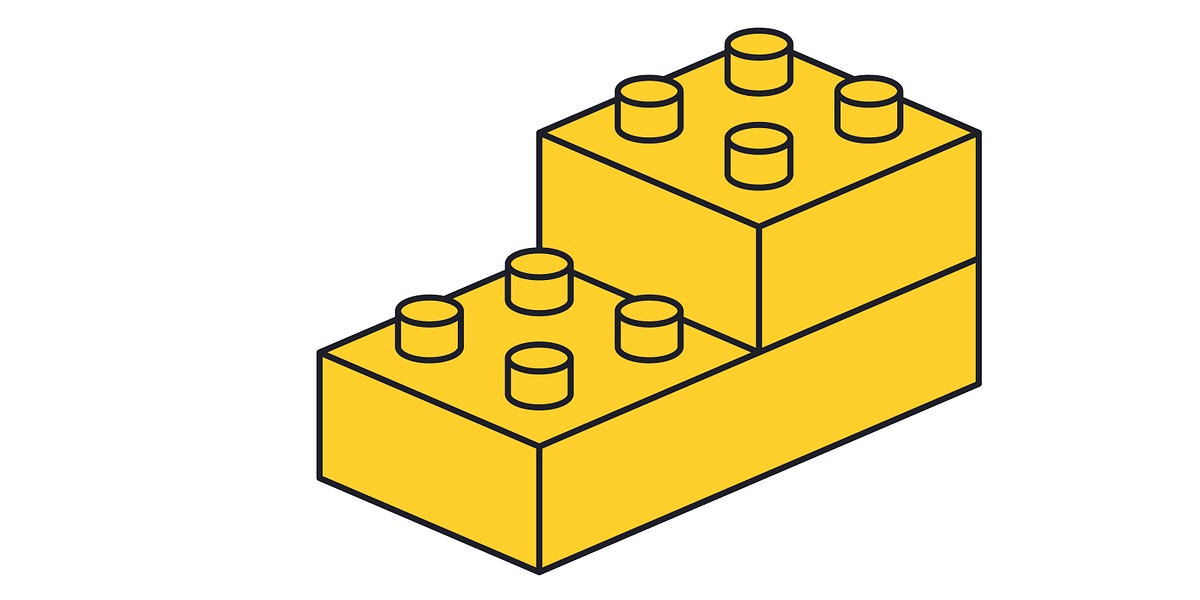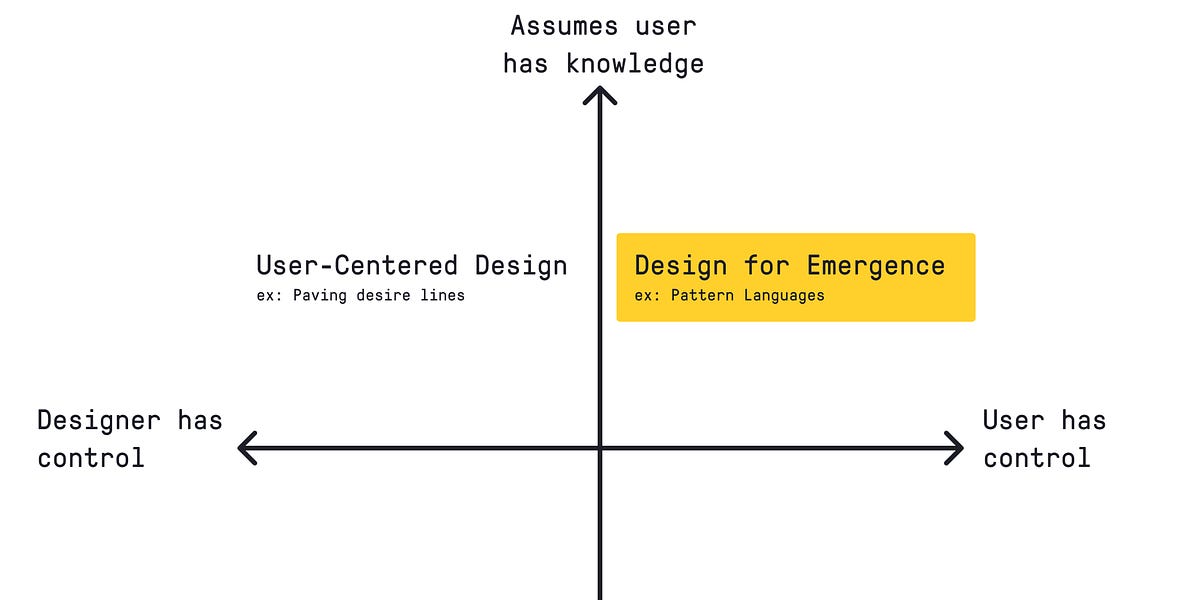
Saved by sari
When to Design for Emergence

Saved by sari
Alex Dobrenko added
Keely Adler added
Keely Adler added
Keely Adler added
When we innovate only in terms of a solutionist framework, Easterling argues in her book Medium Design , we optimize for static outcomes wedded to the status quo of product-market fit. Solutions are one-time fixes, usually implemented by someone else, which break as soon as the context they’re responding to changes (which it does, constantly)
... See morearon added
Keely Adler added

Keely Adler added